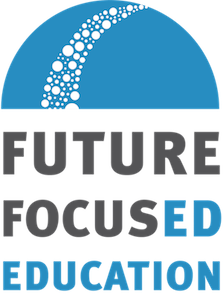Innovation Zones Re-Engage
Students in Albuquerque
Career Connected Learning at Albuquerque Public Schools
With over 70,000 students, 5,300 teachers, and 143 schools, Albuquerque Public Schools (APS) is the largest school district in New Mexico. As a district, APS is as varied as any big district, but one thing that all APS schools share is their commitment to “Career Connected Learning” (CCL), which is also its own department at APS. CCL’s mission is to “support teachers in implementing meaningful programs of study that align with the New Mexico Economic Priority Sectors and prepare students in their chosen career pathway and transition plan.”
With the help of CCL’s talented staff, Albuquerque Public Schools has been building robust career pathways and work-based learning programs, giving students choices and innovative opportunities for their educational experiences.
Work-based learning includes job shadowing, career fairs, mock interviews, apprenticeships, and internships. It’s a proven way to increase student engagement and one that’s been gaining traction in Albuquerque and around the state. APS has been able to support WBL with Innovation Zone (IZ) Initiative funding through the New Mexico Public Education Department (NMPED).
Launched in 2021, Innovation Zones provide schools with resources and training to develop graduate profiles, implement work-based learning (WBL), Career and Technical Education (CTE), capstone projects, and personalized student supports. APS received the grant in 2023-2024 and again in 2024-2025. It’s helped the district dramatically increase the size and scope of their CTE and WBL programs, in addition to ensuring that students participating in those programs get the personalized support they need to excel.
CCL’s efforts have confirmed what we know to be true: students in Albuquerque, across the state and across the nation are clambering for more opportunities in the real world. From 2023 to 2024, APS increased the number of CTE students from 14,276 to 23,722 which is an increase of 66%. The percentage of APS students in CTE programs went from 48% to 76% overall. And students earned 1,000 more industry certifications for more real world opportunities.
Students want and need relevance. They want to practice what they will experience as adults. APS is supporting students in developing their passions. Because of the Innovation Zone work, APS has seen increased attendance and there is a palpable feeling of excitement for WBL.
“Gone are the days where kids have to just sit there and listen to a lecture," says APS WBL Coordinator, George Kerr. "We want it relevant to what they want to be doing with their lives. We want to get them to develop that passion. And everything's going to turn around because of that. Attendance has already increased. Excitement and enthusiasm has already increased.”
APS has impressive numbers when it comes to internship programs. The first year, there were 9 interns. This year APS has 579 interns and they are in every industry you can think of, in every quadrant of the city. There is great potential for CCL to be the catalyst to changing learning environments for students in APS and across the state. According to APS, they could have 600 - 1,000 interns right now if they had enough funding to pay them.
One of the key components of these internship programs is paying students. Pay motivates students and keeps them focused on learning. It fills the time they might spend at a part time job that may not lead them to discovering, or building a career. When Albuquerque interns are paid, it not only puts money in the pockets of students and families, but also into the broader community - helping boost vibrant, local economies.
“92% of Innovation Zone money this year went towards student salaries,” says Kerr. “Students benefit the biggest. The rest of it goes to the payroll company, which is a local Albuquerque company. We're also helping to employ Albuquerque adults. So the impact to the community is becoming increasingly enormous.”
Collision Repair Meets Life Skills at Albuquerque’s Highland High School
Highland High School's HUB building fills to the brim with students after the last bell rings at 3:35 p.m. A couple boys play ping pong and eat snacks while another student practices for marching band. A group of girls sit around a table, eating and laughing. Other students lounge on chairs with books and homework, play pool, and greet each other in a handful of languages. In the adjoining room, students gather at computers while their E-Sports coach goes over some ground rules with them. Down the hall is a shop where around 25 students in matching tee shirts, safety glasses, and gloves, are bent over car doors, tools in their hands. The students are disassembling and reassembling car doors, practicing customer service interactions, and learning what career options are available to them after graduation.

—Jaden Curley
I-CAR Intern
Highland High School
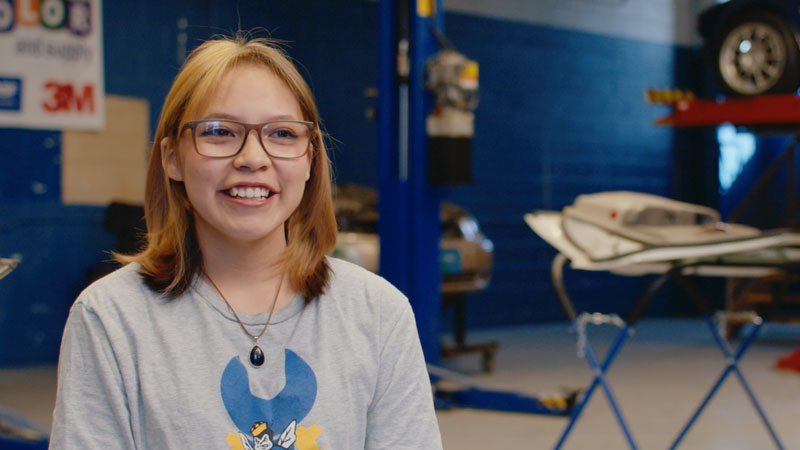
This particular program started after two Highland High School employees, Laura Navarro and Charlton Simmons, saw potential in the big empty garage attached to the HUB building, which hosts after school activities. The garage was full of storage and garbage, but there were still working car lifts and space for various shop tools and it got them thinking about how they might be able to open up the garage for students to learn a trade.
Navarro’s title is Family and Community Liaison, but what she actually does feels more like program development, community partnership, student support, and a little bit of everything.
“She’s a force of nature,” says Simmons, who is the Coordinator of the Community Schools program at Highland. Simmons, too, is adept at jumping in wherever necessary.
Around the same time Simmons and Navarro started brainstorming how to clean out and use the space, a local auto body shop owner and Chairman of the Automotive Service Association’s Board of Directors, Scott Benavidez, called the school to see if they were interested in him teaching students autobody and collision repair.
“For years my industry - the collision industry - has been losing technicians,” explains Benavidez. “All of the elders are timing out. We wanted to get some youth back in the industry.”

I-CAR Instructor
Highland High School
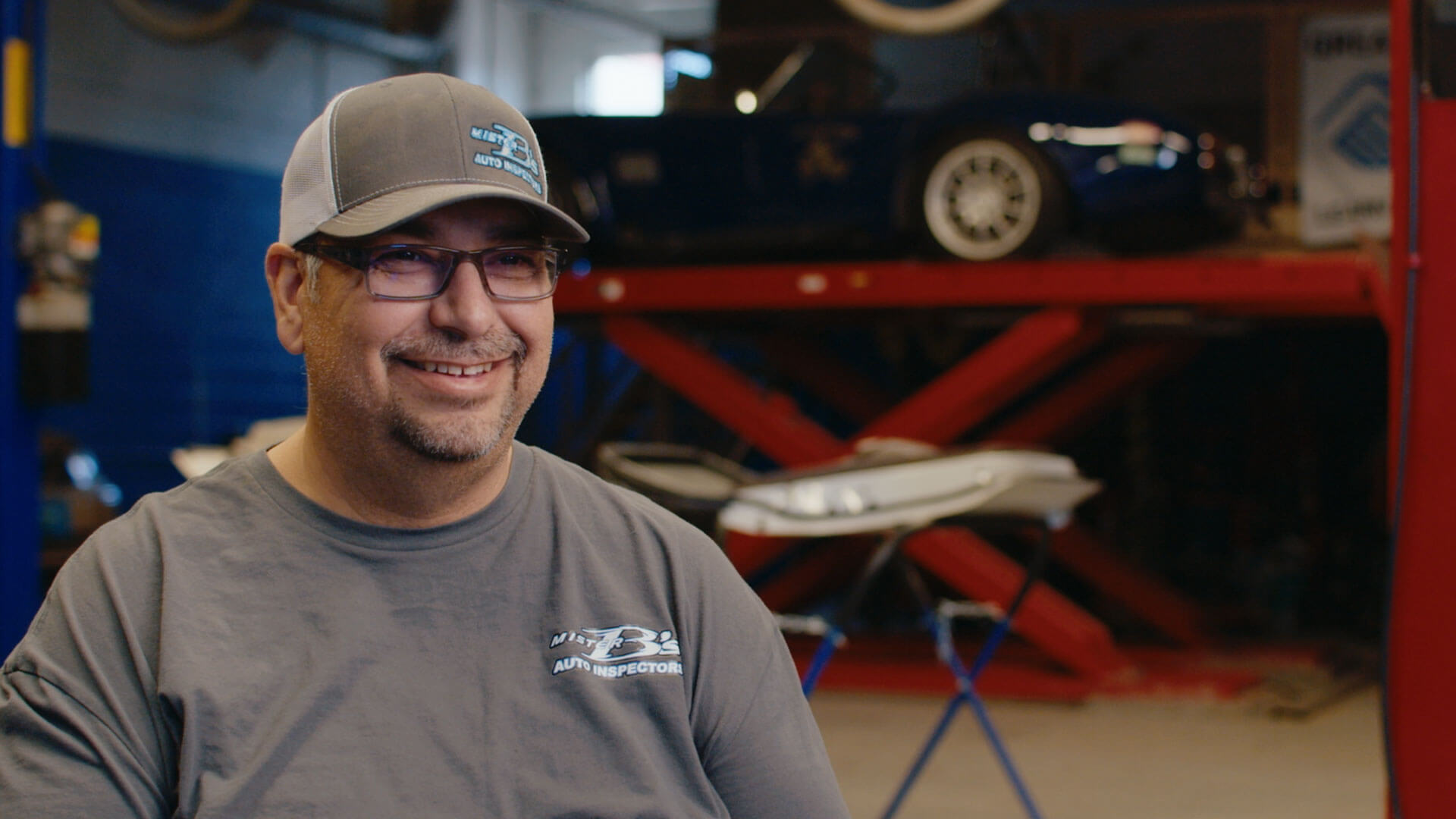
Benavidez recalls that when he was going to high school in Albuquerque in the 80s, there were a lot more Career and Technical Education (CTE) classes than there are now. “We had metal shop, wood shop, plastics,” he lists. “But those programs went away.”
After dreaming and planning for two years and partnering with the Boys and Girls Club and a handful of other organizations, the team officially launched the I-CAR program in Fall 2023. I-CAR stands for Inter-Industry Conference on Auto Collision Repair, and is a certification program for auto collision repair. While Highland is not officially certifying students in I-CAR, the program is teaching those same skills so that if students want to get certified, they will be ready. In addition to automotive body repair, students learn job and life management skills and career preparation - they practice public speaking and job interviews, learn how to work in teams, how to ask for help, and how to network.
Mr. Benavidez has been impressed with the students every step of the way. He’s seen many of them go from not being comfortable looking adults in the eyes to talking in front of a whole room of people. He’s seen them learn and grow and teach each other - and even teach him.
“When I came here I thought I was going to bring something to them and it’s the opposite,” he says. He’s learning how hard students work and how quickly they can learn when they see a career pathway.
“We stand for a team in I-CAR; we’re all in this together,” says Sebastian Richard Thomas Reed, a sophomore at Highland High School. “It’s more than just mechanics, it’s about a community.”

I-CAR Intern
Highland High School
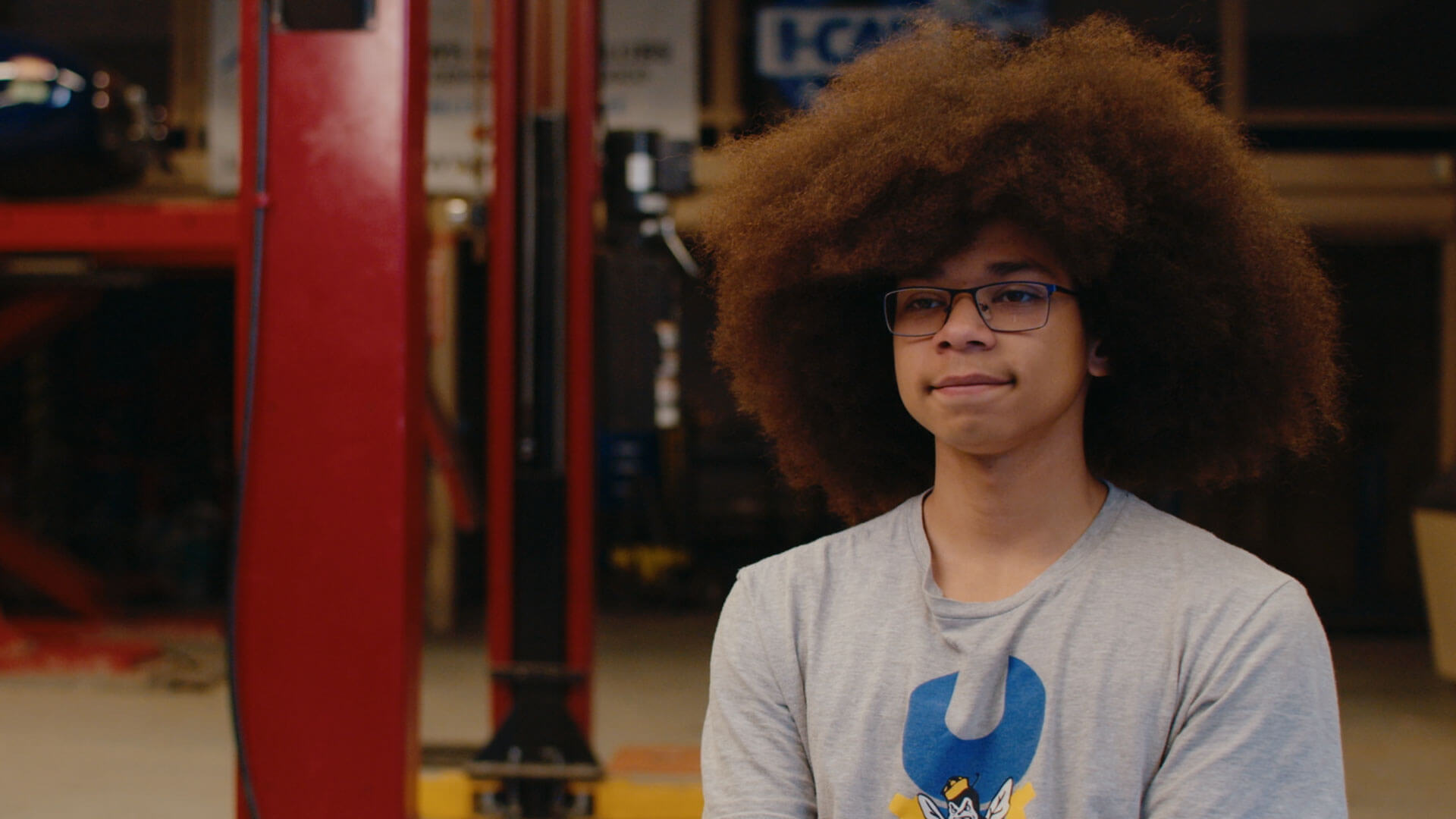
The I-CAR program is so popular that it has a waitlist. In order to participate, students have to keep their grades up and work hard. It teaches them time management and responsibility because it is also a job. Students in I-CAR get paid for their time in the work-based learning program through Innovation Zone funding.
A few of the I-CAR students are hoping to find careers in the industry after graduation. In fact, Jaden Curley, a Highland senior who wants to go into automotive technology has already interviewed at a school in Wyoming called WyoTech that she’s hoping to attend after high school.
“It’s more hands-on learning, with professionals in the field,” says Curley. “It’s about the connections you make.”
Making Education Relevant at the Career Enrichment Center
Another APS school, the Career Enrichment Center (CEC), specializes in career pathways. CEC is a magnet school, meaning that students from all over APS - around 1,600 of them - come to the school for specific classes and/or programs. Students generally take their core classes at their home high school and come to CEC two or three days a week to take electives, though some CEC classes also fulfill core requirements. CEC is also home to around 200 full time students who do not attend another high school.
Some students lounge on the steps in a light-filled atrium at CEC, eating snacks and chatting in between classes. Others are out at internships across the city as part of their career pathways, which include Medicine, Engineering, Computer Technology, Languages, Trades and Business. These are not just courses, but actual career pathways that offer work-based learning experiences - including paid internships - and certifications that will help students gain employment. The school’s focus on distinctive programs attracts a wide variety of students from all geographic areas and socioeconomic groups in Albuquerque.
“Kids are looking for something more in education,” says CEC Work-Based Learning Coordinator, Miskee Blatner. “They’re looking for ways to connect what they’re learning in the classroom to the real world.”

CEC Work-Based
Learning Coordinator
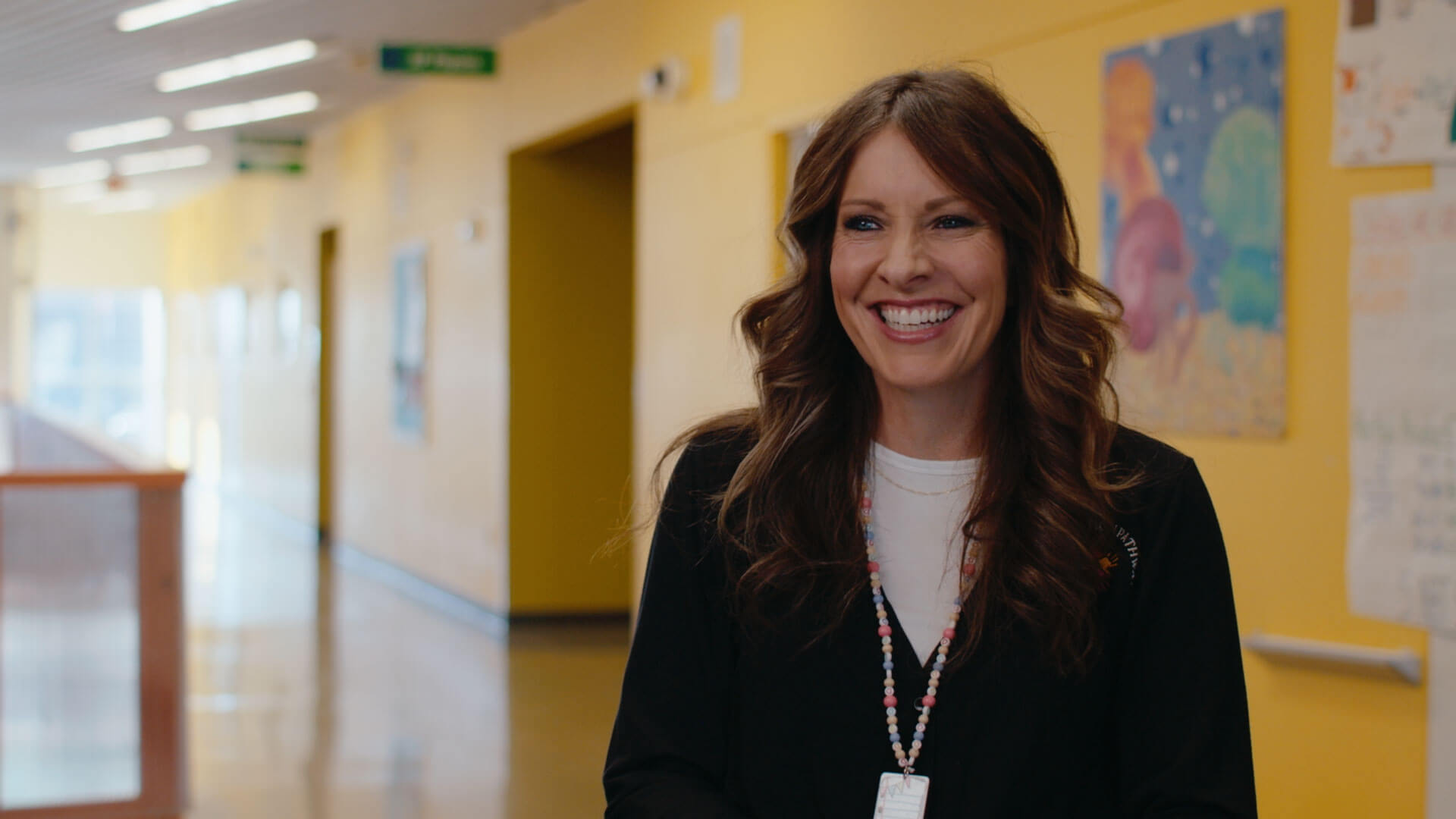
The kids who are still deciding or who are not planning on college deserve to get an education that is relevant for their future, too.
“Any kid can go to college; any student has the ability to be successful in an academic environment after high school,” says Blatner. “But a lot of our students are also trying to find meaning around what they are going to do after high school for their job. They’re asking: ‘How am I going to make a living wage? How am I going to be able to rent an apartment or buy a home or get married?’”
Blatner also teaches the Teaching Professions Pathway at CEC. Students in her pathway take dual credit classes in Child Development and Education from Central New Mexico Community College (CNM). Blatner’s “Teacher Academy” course also includes hands-on classroom experience in the form of a 45 hour practicum. Students in the Teaching Professions Pathway get to work with real students in real classrooms while they decide if they want to pursue a career in teaching - something that could otherwise not happen until they get into their second or third year of college. This is another paid internship that the school can offer thanks to IZ funding.
There’s a teacher shortage in New Mexico and Blatner considers it her duty to inspire our next generation of educators, though she says this applies to all careers, not just education.
Blatner’s students are doing just that. They are getting classroom experience and deciding if teaching is the right career for them based on personal experiences on the other side of a desk.
“You have to do a lot in the moment [when you’re teaching]; you have to make decisions in the moment, which is really hard to do. And you can’t do that outside of being in a classroom,” says Harley McKinley, a Junior from La Cueva High School taking Blatner’s “Teacher Academy” course.

Teaching Pathways Intern
Career Enrichment Center
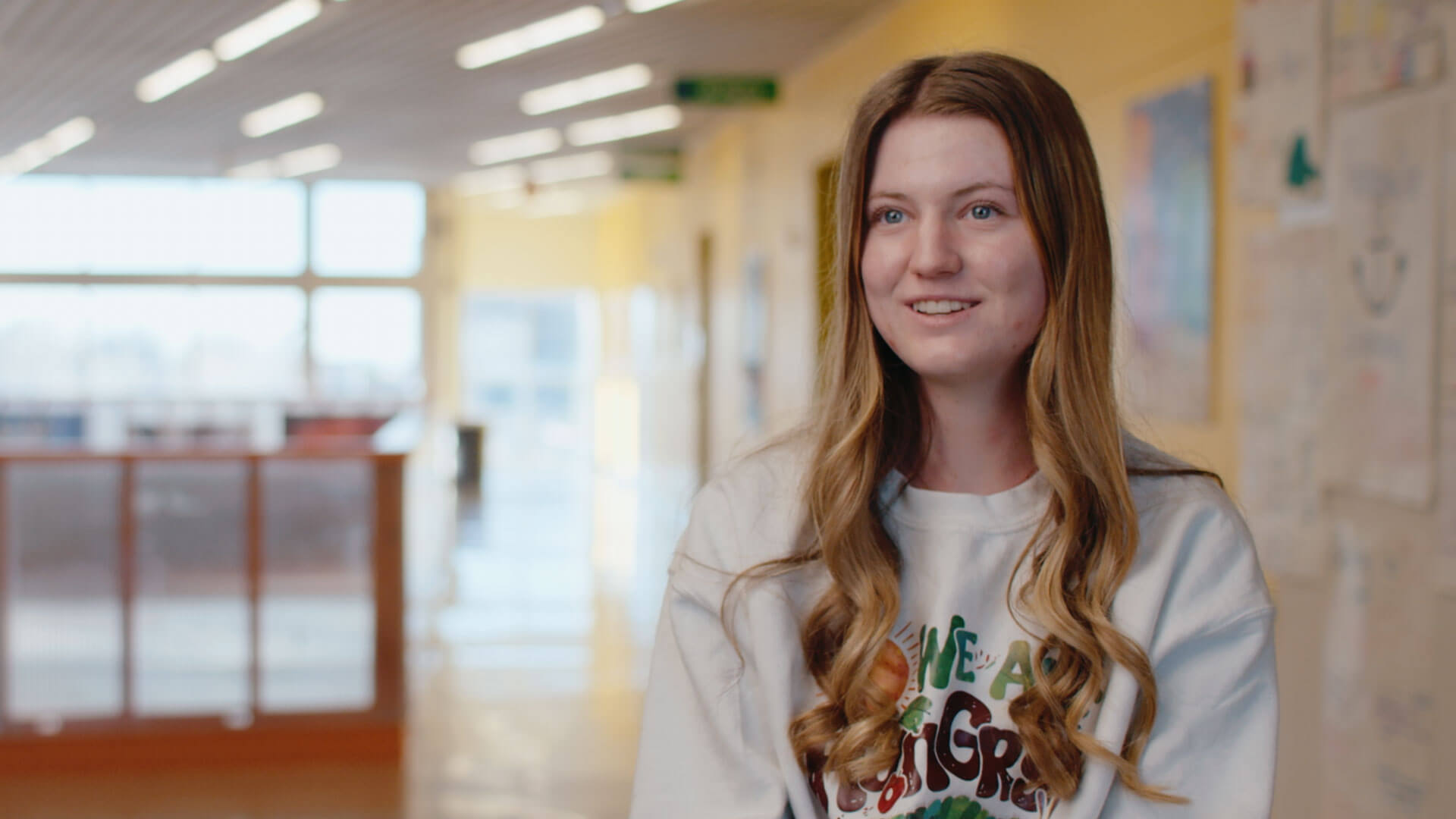
The Future of Education
The opportunities that students are getting at places like Highland High School and the Career Enrichment Center are just a handful of the many programs that Albuquerque Public Schools have been able to develop due in part to funding and support from the NMPED Innovation Zone Initiative. Each year, they are increasing access to more work-based learning opportunities across the city because they have seen what it does for students.
Former APS Intern Dylan Robinson is a testament to how well the paid internship model works. When Robinson started as an Educational Technology intern for CCL, he didn’t know what he wanted to do, but he says the internship helped him recognize that he likes helping students while also easing his financial burden.
After Robinson’s internship was over, he got hired on as an employee by APS and he continues to work there while he puts himself through school at the University of New Mexico. His job at APS involves working with the WBL Coordinator and current interns and maintaining the CCL website. Last fall, he helped organize and lead an intern exhibition that had over 600 attendees - an impressive feat even for a professional event organizer.
“This program is essential. So many students in APS are impoverished; they're hungry. These internship programs that allow students to go to school, get credit, and gain money,” says Robinson.

Education Technician
Albuquerque Public Schools

Robinson knows how important the program is because, he says, he was one of those hungry students needing help with the transition between high school and college.
“The work we’re doing is affecting the everyday lives of our students,” says Robinson. “I meet with students who tell me, ‘before I started this internship, I hated coming to school, I ditched everyday, my grades were terrible.’ Now these students are telling me, ‘I’m going to school, I’m doing so well. I have jobs lined up after I graduate.’”
APS is beginning to see great success through CCL, but for these programs to continue to grow, they need long term, sustainable funding sources. While the Innovation Zone Initiative has been successful in increasing student engagement, only 51 districts or schools were in the Innovation Zone last year and they have to reapply each year. Imagine what might happen if every district in the state was supported in this way. Every young person across New Mexico deserves the programs that these students have access to within the Innovation Zones. The future of education is outside of the classroom, in the community and we have to commit to making it possible for all of our students.

